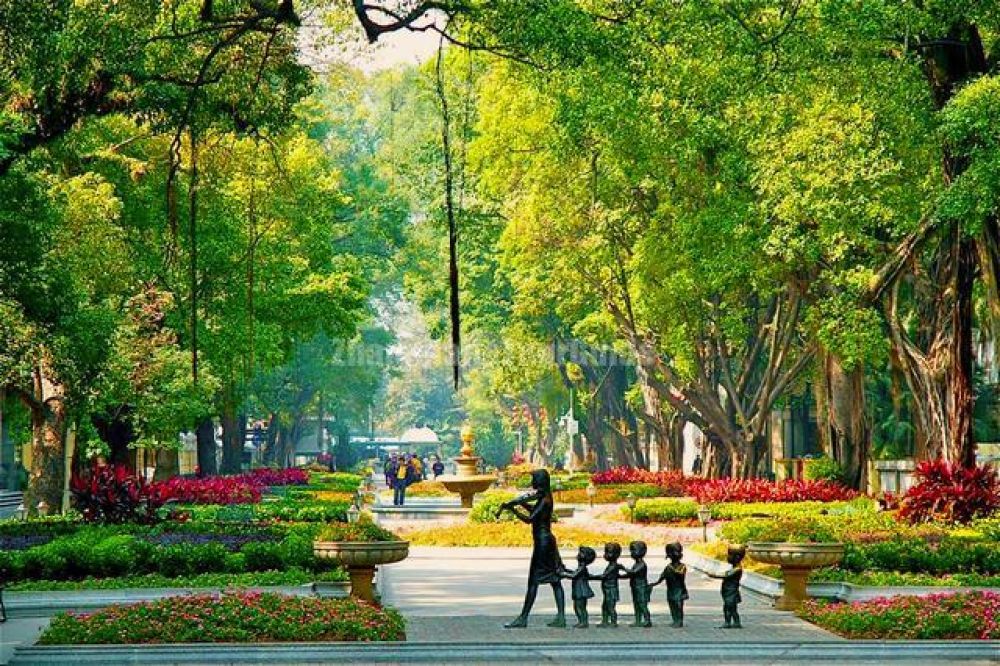

Shamian Island, located in the Liwan District of Guangzhou, has a rich history that dates back to the Song Dynasty, but it wasn't until the 19th century that it became an important node for international trade and cultural exchange. The island was designated as a trading port following the Treaty of Nanking in 1842, allowing foreign merchants to establish bases there.
Distinguished by its unique blend of European-style architecture and peaceful boulevards lined with banyan trees, Shamian Island became a strategic point for foreign traders from Britain and France, which explains the colonial buildings and the Western influence on the island's infrastructure. As a result of its strategic importance and the wealth that flowed through, it also became the location for many consulates and business houses.
Fast forward to the late 20th century, and Shamian Island transforms into a prime tourist destination as visitors are drawn to its historical significance and beautiful European architecture. The island's well-preserved colonial buildings have since been used by film crews and have become a favored spot for wedding photography. Notably, many of the historical buildings have plaques that describe their history.
Recent years have seen Shamian Island continue to enjoy popularity among both domestic and international tourists. Its pedestrian-friendly environment, scenic gardens, and water views present a tranquil retreat from the bustling city of Guangzhou. Visitors can enjoy leisurely walks, marvel at the fusion of Chinese and Western architectures, and dine or drink in cafes and restaurants nestled in the historical buildings.
The island is also home to several significant establishments like the Our Lady of Lourdes Chapel and Christ Church Shameen, which stands as iconic landmarks on the island, reflecting its Christian missionary past. This unique mix of cultural and historical flavors has made Shamian Island an enduring fixture in Guangzhou's tourism offerings.
In recent years, tourism trends have shown an increasing interest in immersive cultural experiences, with travelers seeking to understand the history and heritage of their destinations more deeply. To this end, Shamian Island's blend of cultural storytelling, historical tours, and serene atmosphere continues to captivate those looking for a rich, engaging travel experience.
To summarize, Shamian Island remains a testament to Guangzhou's dynamic past, bridging the historical colonial era with modern tourism. With its stunning riverside views, lush greenery, and architectural splendor, it promises a journey through time for every visitor and a rare glimpse into the confluence of Eastern and Western histories.